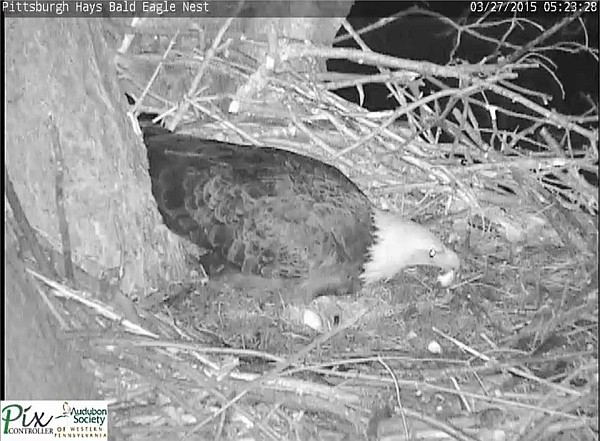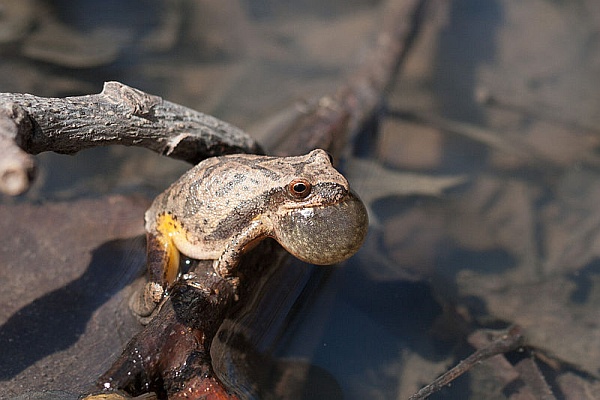
31 March 2015
What happens when the interval between spring thaw and leaf out gets longer? More than half a century of detailed observations in New Hampshire’s Hubbard Brook Experimental Forest tell the tale.
In New Hampshire, where snow covers the ground all winter, spring thaw is a welcome event that finally exposes the soil. A few weeks later, after lots of warm air and sunshine, the trees leaf out. In between these two events the sun warms the soil, the plants emerge, and wildflowers bloom.
However climate change is separating spring’s above ground (air temperature) responses from the soil responses. When Hubbard Brook Experimental Forest analyzed their data on snowpack, leafout and fauna in BioScience in 2012, they found that the interval between spring thaw and leaf out has increased by 8 days. Meanwhile severe cold events during the longer post-thaw interval freeze the exposed soil and kill plant buds and invertebrates.
The record shows the mix of plants and animals is changing. A freeze without snow cover threatens some deciduous trees (yellow birch and sugar maple in New Hampshire) and birds find fewer invertebrates when they return on migration.
There are even changes in large animals. As snowpack declines, the new climate favors deer over moose and that seems to be happening at Hubbard Brook.
More deer, less moose. If you consistently keep track over many years you can see the trends.
Read more here in Science Daily, December 2012.
(photo of moose by Ronald L. Bell, USFWS via Wikimedia Commons. Photo of deer by josephamaker2018 via Wikimedia Commons. Click these links to see the original images.)
p.s. It should be “More Deer, Fewer Moose” but I am quoting one of the articles and happen to like the ungrammatical juxtaposition.














